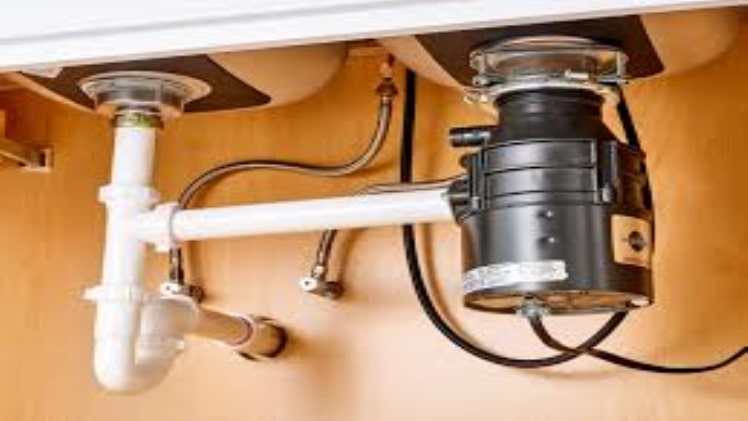A plumbing system consists of pipes, fittings, and fixtures installed to distribute potable drinking water, the removal of waterborne wastes, and the need for heating and cooling. Plumbing is one of those things in life you usually don’t think about until it goes wrong. Then you have to think about it quickly and make sure you can get the problem fixed before you’re stuck with water everywhere. There are different ways to install a plumbing system. Some are easy, while others are difficult. However, Conrad Martens Plumbing can make life easier for you by providing the best plumbing services you need!
First, understand how the plumbing system works
When you install a plumbing system in your home, you need to know the layout of the pipes and how they work. This is important to make repairs when something goes wrong—the easiest way to understand how the plumbing works is to create a diagram of it. You should be able to get one from the city or county records. Once you have the map, you can start making notes on where each pipe goes and what it does.
Know the sizes of pipes.
Before installing plumbing, you will need to make some critical decisions. Determine what size pipes will be used in your home’s plumbing system. The two most common pipe sizes are 1/2 inch and 3/4 inch, but other options are. If a small amount of water is needed in one area of the home, such as a bathroom sink, a 1/2-inch pipe is sufficient. If more water is necessary, such as for a toilet or shower, use 3/4-inch tubes.
Cut copper lines with tube cutters
To cut copper pipe with a tube cutter, first mark the point on the copper pipe where you want to cut it. Then, place the cutting wheel of the tube cutter on the mark, rotate it around the line a few times until it scores the surface, and tighten the screw to hold the blade in position. After that, loosen the screw a little, so the blade is just touching the pipe, then turn it around the pipe 4 or 5 times until it cuts all the way through. If you want, place a cloth underneath your cutting area to catch any debris from falling on your floor
Lock Vise-Grips onto Pipe
For copper pipe and other hard materials, locking Vise-Grips are great for two reasons; first, they lock shut so you can use both hands to do the cutting; and second, once locked on the pipe, they can be used to guide a hacksaw or tubing cutter. To use them this way, clamp them onto the pipe using one of the more enormous jaws as a handle. You’ll need to open them up about half an inch wider than the diameter of the pipe so you can close them securely around it without crushing it.
Avoid Scratches with Plastic Fitting Sleeves
To avoid scratching the brass fittings, you must place plastic sleeves on them before inserting them into the pipe. This will ensure no damage is caused to them when pushed in.
Run copper supply lines
Run the copper supply line up through the house and into each bathroom and kitchen. Install shutoff valves under each sink and toilet and behind each washing machine and dishwasher. Then run the supply line out through the nearest exterior wall to a point just above the outside faucet. Connect a 90-degree elbow fitting onto the end of the copper pipe extending from the wall, and then add a short length of pipe before attaching another elbow to create a downward slope. This will help drain any water remaining in the line after it is turned off for winterization.
Autobiography
Jim Pulman has extensive knowledge and experience in Home Building, Construction, and Design. He writes articles in his free time and partners with content creators to share his expertise with the online community

